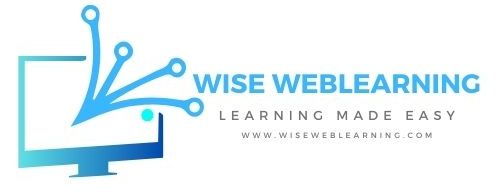Time is our most precious resource. Whether you’re an entrepreneurial app developer, a busy professional, or simply someone striving to make the most of every day, knowing how to spend your time effectively can unlock incredible opportunities.
A powerful way to approach this challenge is by applying the principles of kaizen—the Japanese concept of continuous improvement through small, meaningful changes. By focusing on efficiency and leveraging small actions that yield big results, you can maximize your productivity and impact across all areas of life.
In this blog post, we’ll explore how to use kaizen to identify the best ways to spend your time and ensure your efforts yield the greatest possible returns.
The Problem of Overwhelming Options
Imagine this scenario: You’re an app developer with a list of ideas for your next project. Some are ambitious and groundbreaking, others are simple and practical. Which do you choose?
This is a common dilemma in life: too many choices and no clear path forward. Without a strategy, you risk wasting time, resources, and energy on the wrong pursuits.
What is Kaizen?
Kaizen, meaning “improvement” in Japanese, is a philosophy centered on making small, consistent changes to achieve significant results over time. Traditionally applied in manufacturing and business, kaizen emphasizes efficiency and continuous refinement.
When applied to personal productivity and decision-making, kaizen helps you focus on incremental actions that lead to maximum results with minimum effort.
Kaizen in Decision-Making: A Framework for Prioritization
To spend your time wisely, you must prioritize your actions based on two key criteria:
- Impact: What is the potential benefit or reward of this action?
- Effort: How much time, energy, and resources does this action require?
The ideal course of action is one with high impact and low effort. By focusing on these “low-hanging fruit,” you can achieve meaningful results without overcommitting yourself.
Case Study: Choosing the Right App Idea
Let’s return to our app developer scenario. You’ve released successful apps in the past, along with a few duds, and now you’re planning your next project. Here’s how you can apply kaizen principles to decide which idea to pursue:
- Evaluate the Impact: Which app idea has the potential to generate the highest revenue or user engagement? Consider factors like market demand, competition, and monetization potential.
- Assess the Effort: Which app idea is quickest to develop? Look for options that leverage your existing skills and tools, minimizing the time and resources required.
- Balance the Risk: Avoid ideas that are overly ambitious or risky, such as projects requiring years of development.
By selecting an idea with high potential and low upfront effort, you can increase your chances of success while minimizing wasted time and energy. If the app doesn’t perform as expected, you haven’t invested too much to pivot or move on to the next idea.

Applying Kaizen to Other Areas of Life
The kaizen framework for prioritization extends beyond app development to virtually every aspect of life. Here are some examples:
1. Exercise
- High Impact, Low Effort: Choose exercises that provide the greatest physical benefits in the least amount of time.
- Example: Compound movements like squats and deadlifts engage multiple muscle groups simultaneously, making them efficient choices for building strength and burning calories.
- Incremental Improvement: Start with short, manageable workouts and gradually increase intensity or duration over time.
2. Finance
- High Impact, Low Effort: Focus on expenses that can be reduced with minimal impact on your lifestyle.
- Example: Cancel unused subscriptions, negotiate lower rates on bills, or automate savings to set aside a small percentage of your income regularly.
- Incremental Improvement: Begin with a single expense category and gradually apply savings strategies across other areas of your budget.
3. Daily Routines
- High Impact, Low Effort: Identify small changes that can streamline your day and boost productivity.
- Example: Set up automated reminders, batch similar tasks, or create a morning routine that sets a positive tone for the day.
- Incremental Improvement: Tweak one element of your routine at a time and assess its impact before making additional adjustments.
Key Takeaways for Maximum Impact
- Focus on Efficiency: Always seek out actions that provide the greatest return for the least effort.
- Start Small: Break larger goals into smaller, manageable steps to build momentum and avoid overwhelm.
- Adapt and Refine: Continuously evaluate your approach and make adjustments to optimize results.
By consistently applying kaizen principles, you can make steady progress toward your goals without feeling overburdened or discouraged.
Conclusion: The Kaizen Mindset
Time is finite, and how you spend it determines the quality of your life. By adopting the kaizen mindset, you can prioritize tasks, streamline your efforts, and maximize your impact.
Whether you’re building an app, improving your fitness, or managing your finances, the key is to focus on small, strategic actions that yield meaningful results over time.
Ready to take your productivity to the next level?
Download your free copy of Kaizen Secrets to learn how small, consistent improvements can transform your life.
#12





